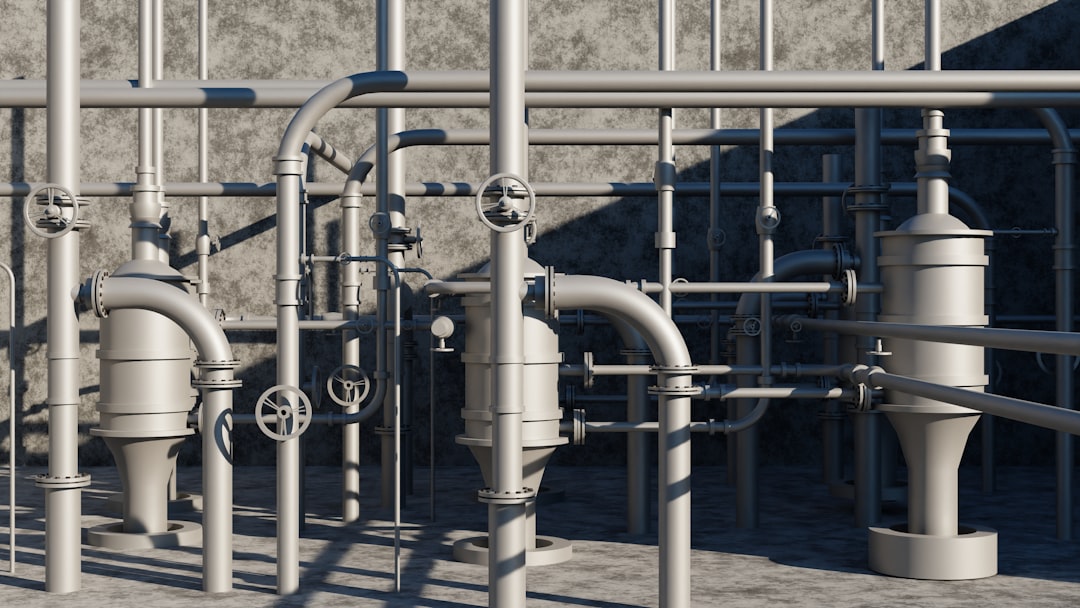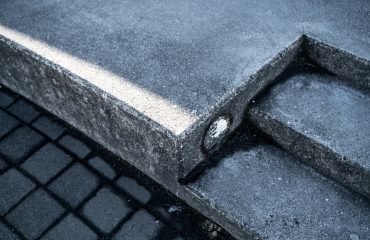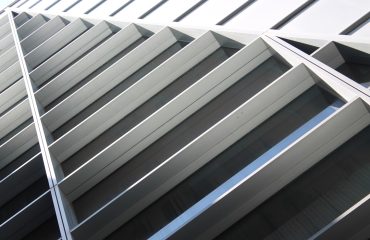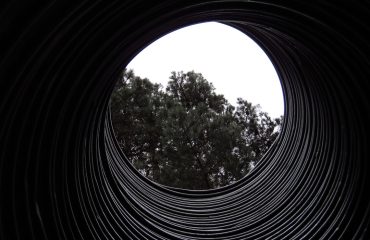The unseen infrastructure beneath our streets – water and gas pipes – plays a vital role in our daily lives. Their reliability and safety are paramount, demanding stringent quality standards throughout their lifecycle, from manufacturing to installation and maintenance. This post delves into the crucial aspects of ensuring pipeline perfection.
Material Matters: Choosing the Right Stuff for Water and Gas Pipes
The choice of material significantly impacts the pipe’s lifespan, durability, and resistance to corrosion. For water pipes, common materials include:
- Copper: Known for its durability, resistance to corrosion, and ability to withstand high water pressure. However, it can be expensive.
- PVC (Polyvinyl Chloride): A cost-effective and lightweight option, resistant to corrosion but susceptible to damage from extreme temperatures and UV radiation.
- PEX (Cross-linked Polyethylene): Flexible and resistant to freezing, making it suitable for various applications. It’s also relatively inexpensive.
- CPVC (Chlorinated Polyvinyl Chloride): Offers higher temperature resistance than PVC, making it suitable for hot water systems.
- Ductile Iron: A strong and durable material often used for larger water mains, offering excellent resistance to pressure and corrosion.
Gas pipes, due to the inherent dangers of gas leaks, require even stricter material selection. Common materials include:
- Steel: High strength and durability, often coated with protective materials to prevent corrosion.
- Polyethylene (PE): A flexible and lightweight material, commonly used for low-pressure gas distribution.
- High-Density Polyethylene (HDPE): Offers superior strength and durability compared to standard PE, suitable for higher-pressure applications.
The selection of material depends on factors such as pressure, temperature, soil conditions, and the specific application.
Stringent Testing: Ensuring Pipeline Integrity
Rigorous testing is crucial to ensure that pipes meet the required quality standards. This involves various methods depending on the material and application. For example:
- Hydrostatic Testing: Pipes are filled with water under pressure to check for leaks and weaknesses.
- Burst Testing: Pipes are subjected to increasing pressure until they burst, determining their maximum pressure capacity.
- Non-Destructive Testing (NDT): Methods like ultrasonic testing and radiographic testing are used to detect internal flaws without damaging the pipe.
- Chemical Testing: Used to ensure that the material composition meets the specified requirements and doesn’t leach harmful substances into the water.
These tests are conducted at various stages of the manufacturing process and before installation to guarantee the integrity and safety of the pipes.
Regulatory Compliance: Adhering to National and International Standards
Water and gas pipes must comply with various national and international standards and regulations to ensure safety and performance. These standards specify material requirements, testing procedures, and installation practices. Examples include:
- ASTM International (ASTM): Develops and publishes numerous standards for materials, testing, and performance of pipes.
- ISO (International Organization for Standardization): Provides international standards for various aspects of pipe manufacturing and installation.
- National Standards Organizations: Each country has its own national standards organization that sets specific requirements for pipes within its jurisdiction.
- Local Building Codes: Local building codes often incorporate these standards and may add specific requirements based on local conditions.
Adherence to these regulations is crucial for ensuring the safety and longevity of water and gas distribution networks.
Installation Best Practices: Minimizing Risks and Ensuring Longevity
Proper installation is just as crucial as material quality and testing. Incorrect installation can lead to leaks, damage, and premature failure. Key aspects include:
- Proper Trenching and Bedding: Pipes need to be laid in properly prepared trenches with suitable bedding material to prevent damage and ensure stability.
- Correct Joining and Connection: Appropriate joining methods must be used to ensure leak-free connections. This might involve welding, threading, or using specialized fittings.
- Backfilling and Compaction: Proper backfilling and compaction of the trench is crucial to prevent settlement and damage to the pipes.
- Leak Detection and Repair: Regular inspection and leak detection are essential to identify and repair any issues promptly.
Following established installation best practices significantly contributes to the long-term reliability and safety of water and gas pipelines.
Maintenance and Inspection: Prolonging Pipeline Lifespan
Regular maintenance and inspection are crucial for extending the lifespan of water and gas pipes and preventing costly repairs or replacements. This includes:
- Visual Inspections: Regular visual inspections can identify external damage, corrosion, or leaks.
- Pressure Testing: Periodic pressure testing can detect internal leaks or weaknesses.
- Corrosion Control: Implementing strategies to prevent or mitigate corrosion is vital for extending pipe lifespan.
- Preventive Maintenance: Proactive measures such as cleaning and flushing can prevent blockages and improve efficiency.
<liLeak Detection Technologies: Advanced technologies like acoustic leak detection can help pinpoint leaks more efficiently.
A robust maintenance program is essential for ensuring the continued safe and efficient operation of water and gas distribution systems.
By adhering to these quality standards, we ensure the safe and reliable delivery of essential resources to our communities.




